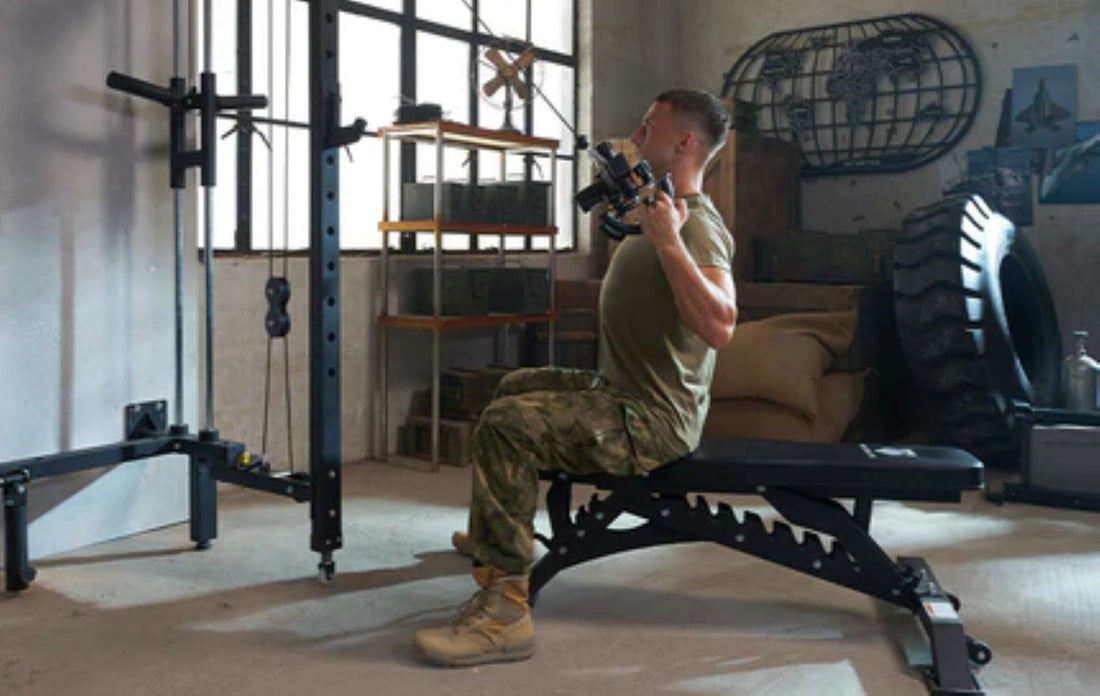
The age-old debate of wide grip vs narrow grip lat pulldown continues to puzzle fitness enthusiasts and athletes alike. How do you decide which one is more effective for your back development? Whether you're a gym veteran or a newbie looking to make the most out of your back workouts, this article aims to clear the air and provide a comprehensive guide on the pros and cons of each grip style.
Understanding the mechanics behind each grip can significantly affect your results. By breaking down the science and practical implications, we'll help you make an informed decision tailored to your fitness goals.
The Basics: What are Lat Pulldowns?
Lat pulldowns target the latissimus dorsi, the large muscles on either side of your back. These exercises are essential for building a V-shaped torso and improving overall back strength. Typically performed on a cable machine, the exercise involves pulling a bar down toward your chest or behind your neck.
There are generally two common ways to grip the bar when performing lat pulldowns: a wide grip and a narrow grip. While these aren’t the only variations, they are the most popular and arguably the most effective for targeting different back muscles.
Wide Grip Lat Pulldown
Using a wide grip while performing lat pulldowns offers several benefits. When you grip the bar wider than shoulder-width apart, you primarily target the upper lats and teres major muscles. This variation is particularly effective for developing the upper area of your back and creating that coveted V-shape.
However, it also comes with certain limitations and potential drawbacks:
- Limited Range of Motion: A wider grip can restrict the range of motion, thereby reducing the effectiveness of the exercise.
- More Shoulder Stress: This grip puts more stress on your shoulder joints, which can lead to discomfort or even injuries if not executed properly.
- Requires More Strength: Generally, a wide grip lat pulldown requires more strength, making it challenging for beginners or those with less upper body strength.
Narrow Grip Lat Pulldown
The narrow grip lat pulldown involves gripping the bar roughly shoulder-width apart or closer. This version focuses more on the middle lower parts of the lats and the biceps.
Pros of the narrow grip include:
- Greater Range of Motion: A narrow grip allows for a fuller range of motion which can engage the muscles more effectively.
- Less Strain on Shoulders: This grip places less stress on the shoulder joints, making it safer for those with shoulder issues.
- More Convenient for Beginners: Because it requires less initial strength, beginners often find this grip easier and more adaptable.
But, narrow grip lat pulldowns also have their limitations:
- Less Upper Lat Activation: The narrower grip focuses more on the lower and middle sections of the back, which might not be ideal if your goal is to develop the upper lats.
- Potential for Over-reliance on Biceps: Increased bicep involvement could detract from the focus on the back muscles if your form is not perfect.

Common Mistakes to Avoid
No matter which grip you choose, it’s crucial to avoid these common pitfalls:
- Using Momentum: Swinging your body to pull the bar down diminishes the exercise’s effectiveness.
- Poor Form: Incorrect form can lead to potential injuries. Always maintain a straight back and avoid leaning too far back.
- Over-gripping: Squeezing the bar too hard can unnecessarily strain your forearms, detracting from your focus on the back muscles.
Conclusion: Which Grip is Better?
The choice between wide grip vs narrow grip lat pulldown ultimately depends on your fitness goals and individual biomechanics. A wide grip will better target your upper lats and help build a V-shaped torso, while a narrow grip focuses more on the middle and lower lat areas.
The ideal scenario would be incorporating both variations into your workout routine to achieve a well-rounded development. Remember, the key to effective training is maintaining proper form and listening to your body to avoid injuries. Experiment with both grip styles to see which one helps you meet your specific fitness goals more effectively.
In the end, both grips offer unique benefits that can complement each other, contributing to a balanced and strong back. Whichever you choose, consistency and correct form are your best allies in the quest for a well-defined back.





















